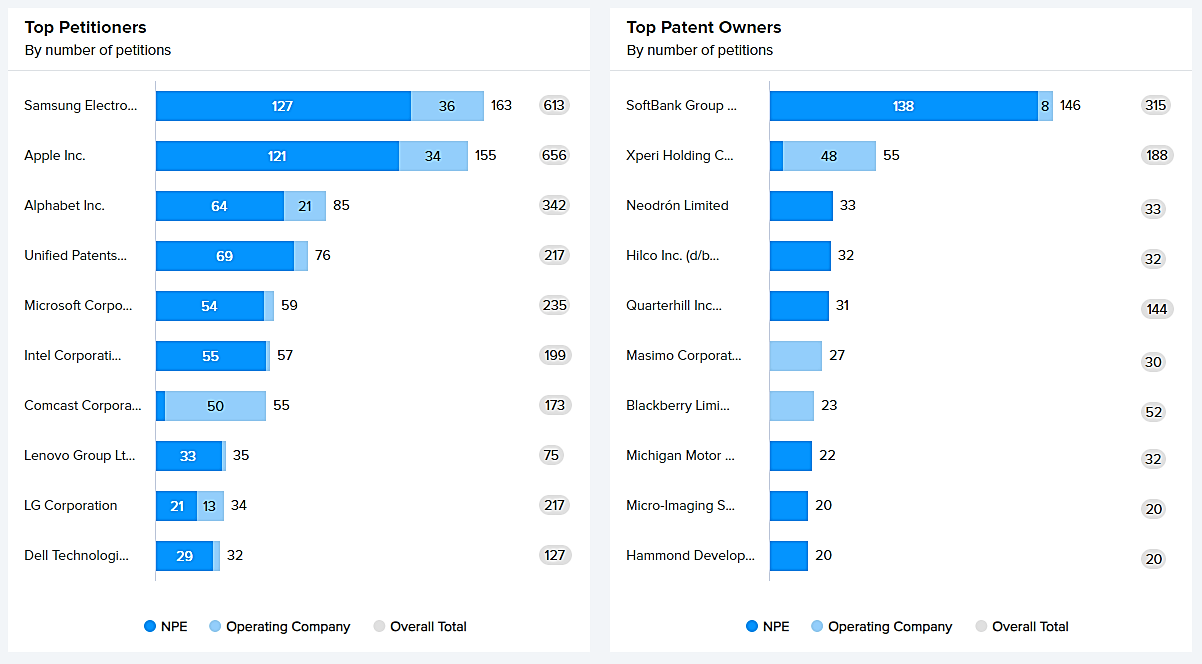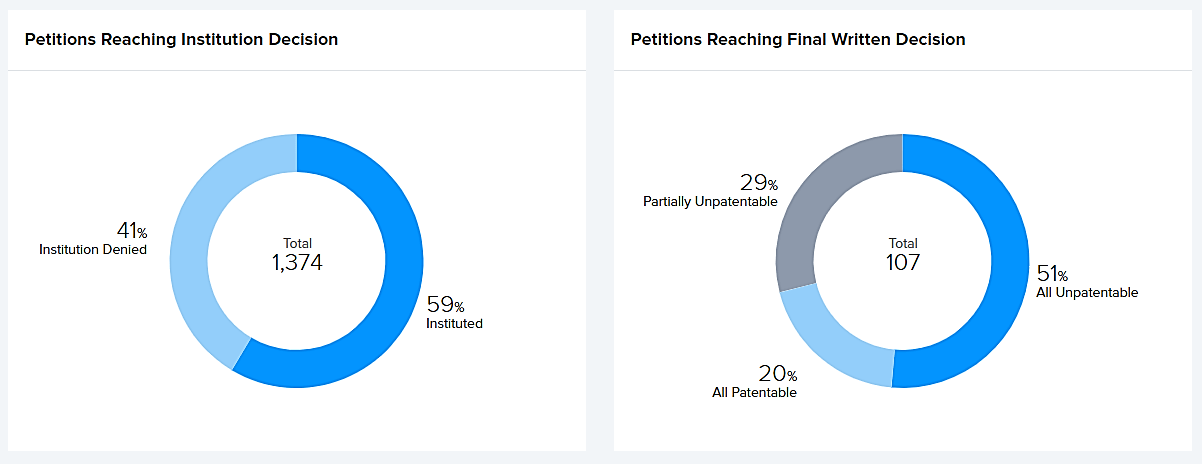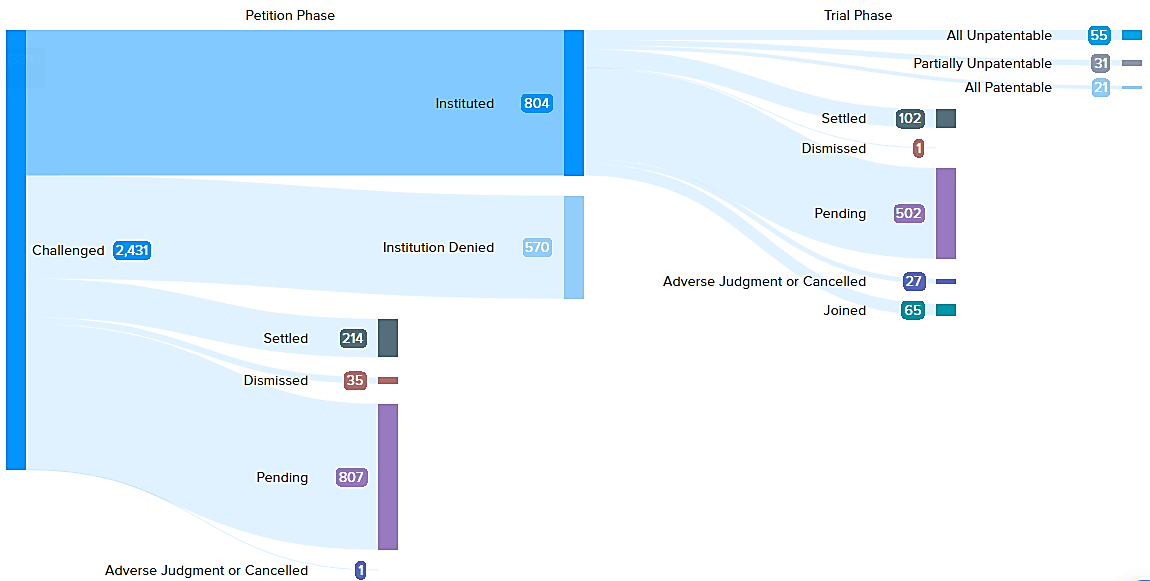Evolution of IPR Trials as an Alternative to Patent Litigations
Patent litigation is a legal exercise of enforcing patents to stop infringement. All that is questioned during a patent litigation is the patent’s claim construction and validity. Any of these factors, if found erroneous, may lead to non-infringement or patent revocation and result in a lawsuit loss.
The US Patent and Trademark Office (USPTO) has instituted the Patent Trial and Appeal Board (PTAB) to conduct trials, including inter partes, post-grant, covered business method patent reviews and derivation proceedings. It hears petitions from unfavorable examiner decisions in patent applications and re-examination proceedings while also giving decisions in interferences. The PTAB makes it easy for the patent lawsuit defendants, the corporates, to institute a trial [e.g., inter partes reviews (IPR) for patent invalidity] concurrently with district court litigation pertaining to the same patent.
Table of Contents
Favorable Conditions
IPR trials existed with the broadest reasonable interpretation (BRI) standard made in alignment with the specification to make valid claim construction, whereas the courts follow Phillips standard, which additionally takes the file history estoppel into consideration while construing the claims. These provisions made the trials favorable as “simplifying the issues” for the litigation raising questions on PTO grants based on challenges under 35 U.S.C. 102 and 103 publications.
Making the PTAB trials further advantageous, the recent decision on SAS Institute vs. Iancu, dated May 9, 2018, marks a significant shift. It states that the final written decision of PTAB must address all grounds of unpatentability for the challenged claims in the petition. Earlier, it was “any patent claim challenged by the petitioner.” This means the PTAB is now likely to respond to all challenges in the petition, not simply the weakest arguments.
Leading the Way Forward
The provision has been well leveraged by the companies dragged in patent lawsuits. About 2500 IPR petitions challenging the validity of 1800+ patents have been instituted since last year. Operating companies (corporates) are finding IPR trials suitable against the patents asserted by non-practicing entities (NPEs). The below figure depicts the top IPR filers and the patent owners since 2019.

The outcome of IPR petitions made it more evident that such trials empower the operating companies in saving their goodwill and in avoiding damage payment for unpatentable claims.

Amongst the petitions instituted, 51% of patents were unpatentable, while 29% were partially unpatentable. So, what led to the denial of petition institutions? Let us take a closer and more detailed look at the outcome.

As depicted in Figure 3, 804 of the 2431 petitions were instituted and the decisions were made in the trial phase. Some of them are still pending while some have been settled mutually by the petitioner and the patentee.
On studying settled cases, we observed that such settlements were followed by termination of the cases in the district court. So, we believe that both parties settled out of court on mutual agreement. For example, SimpleAir, Inc. vs. Amazon.com, Inc. (PTAB case ref: IPR2015-01000 settled on July 18, 2015, and District case ref: 2:14-cv-00679 settled on Sep 02, 2015).
While studying the “institution Denied” petitions, we found that these were denied in absence of strong grounds given cited prior arts. For example, in Samsung vs. DIGITAL MEDIA TECHNOLOGIES (PTAB case ref: IPR2017-00284), the grounds were made based on 35 U.S.C. 103(a). However, the construed claim interpretations were not valid given the cited prior arts.
Conclusion
IPR trials are gradually evolving as an alternative to litigations because of their effectiveness at a relatively less cost. However, it is equally important to identify substantial prior arts to prepare strong grounds for challenging the validity of the asserted patent.
– Mudasir, Dhananjay Kumar Das, Shivam Mishra, Abhishek Mishra (ICT Sales – PTAB) and the Editorial Team
Having Queries? Contact Us Now!
"*" indicates required fields




